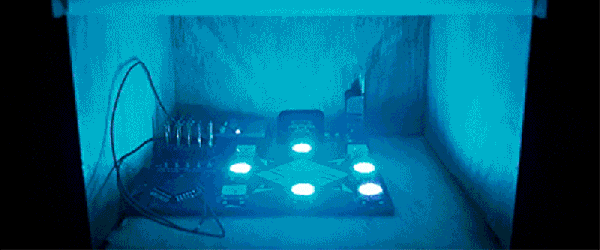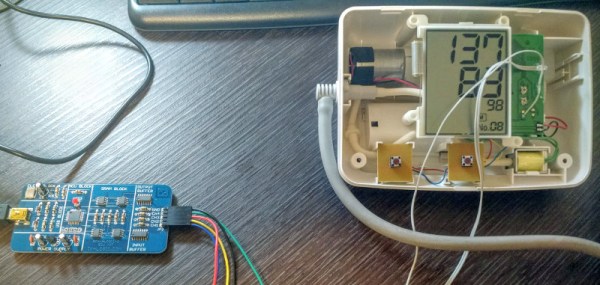Days past people used to just carve a scary face in a pumpkin, drop in a candle and call it a day, but for our kind of crowd that’s not going to cut it. [Alexis] stuffed this Jack o Lantern with a lot of brain power and even connected it up to the internet for community control.
At the core of the festive decoration is a spark core, which allows micro controlled special effects to be triggered via Twitter. RGB LED’s change colors, flicker and flash and even a spooky ghost pops out of the top. Along with all that, a sound sensor is added in so the lights can react to the ambient sound around the lantern.
If you get too close an ultrasonic sensor will trigger the ghoulish treat with lights and animation, but what about spooky sounds? That is also included thanks to a toy found at the local discount store, which had its guts removed and its trigger button replaced with a transistor.
Now sights and sounds can all be controlled remotely or in an active response mode to entertain all the little goblins visiting the house this Halloween. Join us after the break for a quick demo video and don’t forget to send in links to your own pumpkin-based hacks this week!








 Depending on whom you ask, the IoT seems to mean that whatever the thing is, it’s got a tiny computer inside with an Internet connection and is sending or receiving data autonomously. Put a computer in your toaster and
Depending on whom you ask, the IoT seems to mean that whatever the thing is, it’s got a tiny computer inside with an Internet connection and is sending or receiving data autonomously. Put a computer in your toaster and 








